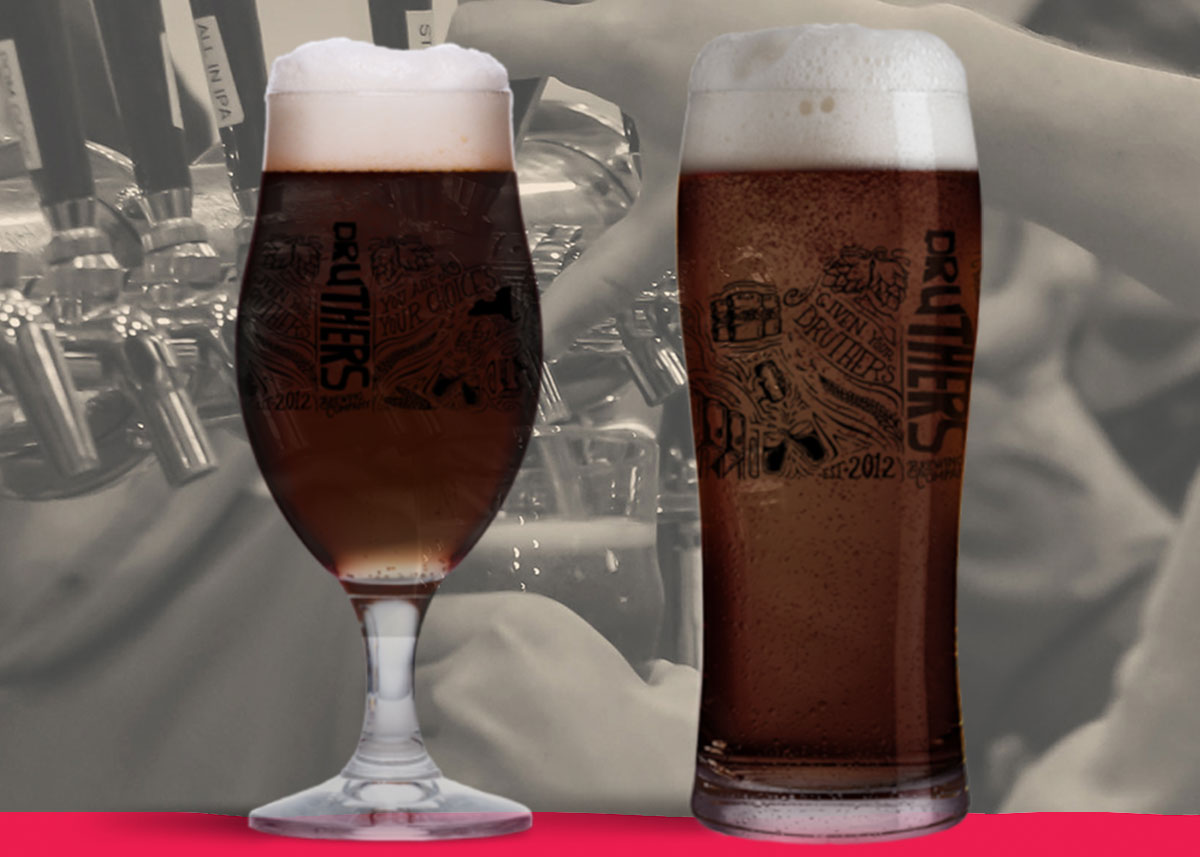While this question may seem straightforward, the answer is as murky as the beers themselves. Because a porter and a stout are only separated by a thin line and sometimes even that becomes blurred. In order to better understand these two subtly different beer styles, it helps to go back to the beginning.
Where They Come From
The porter hails from London, England. It was brewed as a darker, richer version of an English brown ale. The new style got its name from the dock workers, or porters, who drank it most often.
Here’s where things already get complicated.
As porters became more and more popular, brewers started to experiment with recipes and ingredients to boost the alcohol content because the stronger beers were considered to be more premium. These pilot brews would range from a robust porter to a stout porter. So yes, a stout beer was considered a stronger, or stouter, porter. Stout porters were considered the best a brewery had to offer. The name would eventually be shortened to just stout though. But within a few decades, London porter breweries had grown exponentially and even into Ireland. By around 1776, a fella by the name of Arthur Guinness had started brewing his own batch and it became the world’s most quintessential stout beer. Stouts are most often traced back to Ireland, despite the fact that they were essentially born from porters.
It’s no wonder then that these two beer styles are so difficult to distinguish, even their origins stories are muddled together. But there is one distinction that most brewers can agree on.
Barley Anything Different
Porters use malted barley and stouts use unmalted roasted barley. This will affect the flavor profiles of each beer.
In porters, malted barley is more likely to bring out a chocolatey flavor. It’s a perfect balance of malty sweetness and bitter hoppiness and results in a lighter body as compared to a stout.
In stouts, unmalted roasted barley can create a roastier, coffee taste. Brewers can use several different dark malts to achieve a robust and complex set of flavors in a stout. This style is generally heartier and thicker than porters.
“In short, porters tend to range from dark amber brown to black. They have more burnt sugar and caramel notes. Stouts tend to be more black in color. When held up to light, they can appear dark purple and translucent, yet when viewed within a pint glass they always appear black. While stouts can be sweet, they tend to be on the drier and stronger side,’ added Druthers Brewing Company Head Brewer, Brian Van Derlofske.
But even these subtle distinctions can become clouded as brewers experiment with malts of different colors and flavors. The two styles aren’t always true to style. What can we do to get some clarity?
Taste Test Tips
That’s right! The best way to explore and appreciate the nuances of these two styles is to try them.
The good news is if you enjoy one of these styles, you will likely enjoy the other. The great news? Druthers offers both as seasonal favorites. Our Imperial Raspberry Porter is a rich ale that tastes like raspberries and chocolate. We blended six different malts and over a pound of raspberries per gallon to bring a fresh, bright fruit character to this beer. While our Oatmeal Stout uses dark-roasted malts to achieve that roasty coffee flavor. Oats are added to bring a fullness to the body. We also offer a Dry Irish Stout, which we consider to be our textbook definition of a classic stout.
Cheers!
